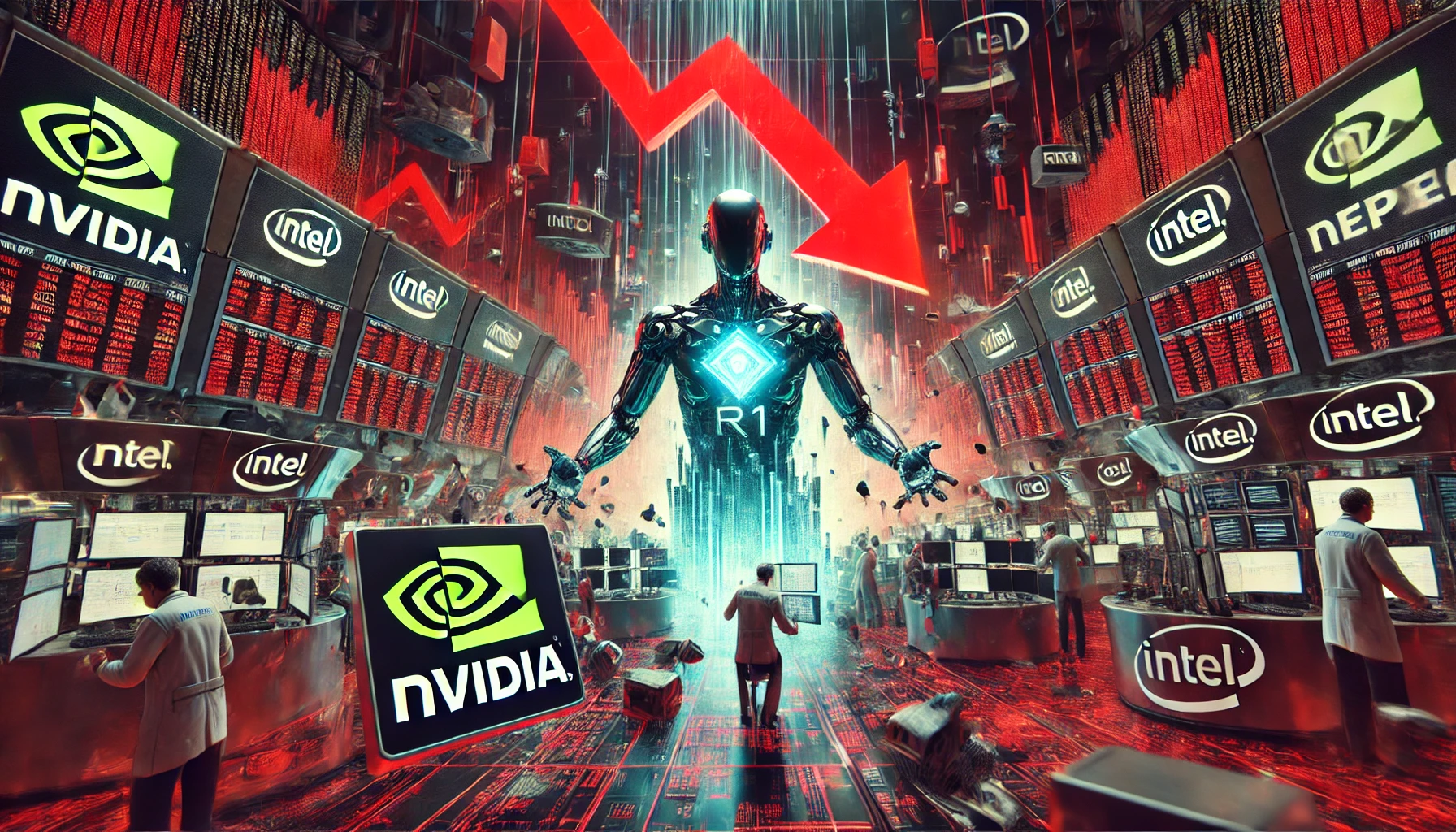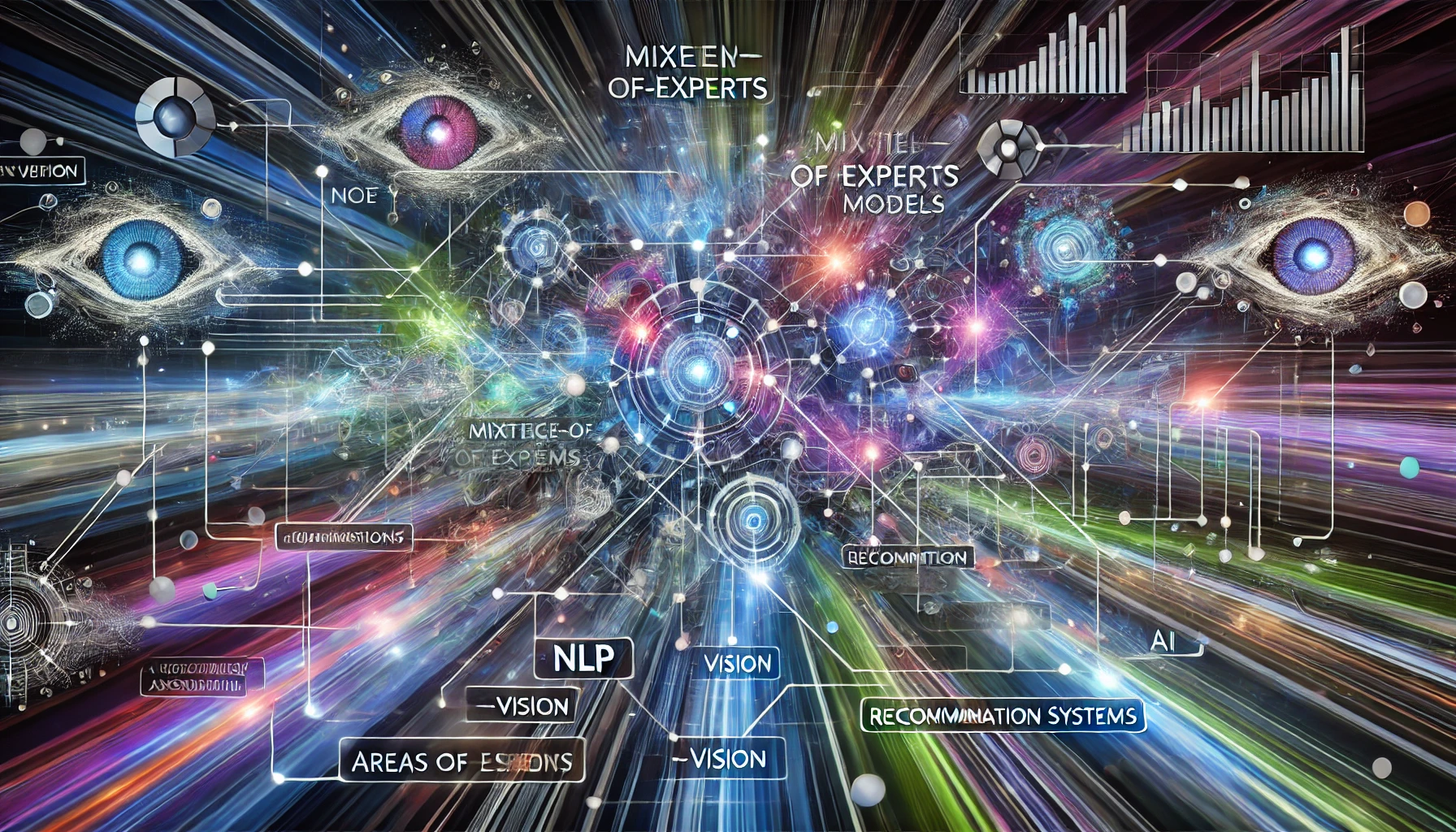The global AI market was thrown into chaos on January 27–28, 2025, as Chinese startup DeepSeek unleashed its revolutionary R1 AI model—a breakthrough so disruptive that it erased over $500 billion from NVIDIA’s market value in a single day and triggered a historic tech stock meltdown . This seismic event has raised existential questions about the sustainability of Silicon Valley’s trillion-dollar AI investments and NVIDIA’s dominance in the semiconductor industry. Here’s a deep dive into how DeepSeek R1 rewrote the rules of AI—and nearly broke Wall Street.
The Trigger: DeepSeek R1’s “Sputnik Moment”
DeepSeek R1, an open-source large language model (LLM), stunned the tech world by delivering performance comparable to OpenAI’s ChatGPT and Meta’s Llama 3.1 at 3% of the cost. Trained on just $5.6 million using 2,000 NVIDIA H800 GPUs—export-compliant chips tailored for China—the model leverages “inference-time computing,” activating only relevant neural pathways per query to slash energy and computational costs . By contrast, OpenAI spent $700,000 daily to run ChatGPT in 2024, while Meta and Microsoft planned $60–$800 billion investments in AI infrastructure .
The implications were immediate: if AI models could be trained and deployed at a fraction of the cost, demand for NVIDIA’s high-end GPUs—the backbone of data centers—would collapse. Investors panicked, sending NVIDIA shares down 17% on January 27, wiping out $593 billion in market cap—the largest single-day loss in Wall Street history .
Market Carnage: A $108 Billion Wealth Erosion
The fallout extended far beyond NVIDIA:
- Tech Titans Crushed: The Nasdaq plunged 3.1%, with Broadcom (-17.4%), Microsoft (-2.1%), and Alphabet (-4.2%) dragged down by fears of AI overspending .
- Energy Sector Collapse: Stocks like GE Vernova (-21%) and Vistra (-28%) tumbled on expectations of reduced power demand for AI infrastructure .
- Billionaire Losses: The world’s 500 richest individuals lost $108 billion collectively. NVIDIA CEO Jensen Huang saw 20% of his net worth ($20.1 billion) vanish, while Oracle’s Larry Ellison lost $22.6 billion .
Even former President Donald Trump’s $500 billion “Stargate” AI initiative—announced days earlier with OpenAI and SoftBank—failed to stem the bleeding .
NVIDIA’s Paradox: Praising the Disruptor
Despite the catastrophe, NVIDIA publicly applauded DeepSeek, calling it an “excellent AI advancement” and a “perfect example of test-time scaling” . The company argued that DeepSeek’s success would increase demand for its GPUs, as AI inference (deploying models) still requires massive NVIDIA hardware. “DeepSeek’s work shows how widely available, export-compliant chips can be leveraged,” NVIDIA stated, sidestepping criticism that its H800 chips were banned in China .
Critics, however, questioned this optimism. ScaleAI’s CEO alleged DeepSeek used prohibited NVIDIA chips, while analysts warned the R1 model’s efficiency could reduce long-term GPU demand by 20–50% .
Geopolitical Shockwaves: China’s AI Ascent
DeepSeek’s rise marks a pivotal shift in the global AI race. Founded in 2023 by Liang Wenfeng, a quant trader with $8 billion in assets, the Hangzhou-based startup exploited U.S. export restrictions by optimizing its models for lower-tier NVIDIA chips . This “more with less” approach challenges Silicon Valley’s capital-intensive playbook and raises fears of China dominating next-gen AI .
Marc Andreessen likened the R1 launch to the “Sputnik moment” of the 1950s space race, signaling China’s disruptive potential . Meanwhile, the Biden administration’s chip export bans faced scrutiny, as DeepSeek proved compliant chips could still fuel breakthroughs .
Long-Term Implications: Is the AI Bubble Bursting?
While some analysts dismissed the selloff as an overreaction, others warned of systemic risks:
- Cost Efficiency Over Hardware: If AI models require fewer resources, NVIDIA’s data-center dominance could erode .
- Open-Source Democratization: DeepSeek’s free, open-source model empowers startups and undermines proprietary systems like ChatGPT .
- Investor Skepticism: The event exposed overvaluation in tech stocks, with AI hype inflating valuations despite limited revenue .
Yet optimists argue demand for AI infrastructure will persist. Synovus Trust’s Daniel Morgan noted that DeepSeek’s mobile-focused models don’t threaten data-center GPUs—NVIDIA’s core market .
Conclusion: A Wake-Up Call for Silicon Valley
DeepSeek R1 has irrevocably altered the AI landscape. For NVIDIA, the crisis is a stark reminder that even monopolies are vulnerable to innovation. For Silicon Valley, it’s a call to rethink trillion-dollar bets on brute-force computing. As Venture capitalist David Sacks noted: “The AI race just got very competitive” . Whether this disruption sparks a new era of efficiency or a prolonged market correction, one truth is clear: the rules of AI have been rewritten.
For further details, refer to sources: Windows Central, CBS News, Kathmandu Post, and NewsBytes.
[SEO optimized]


